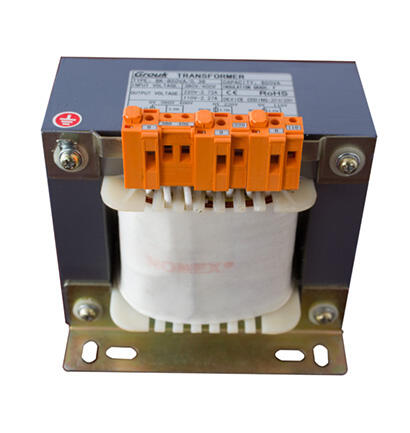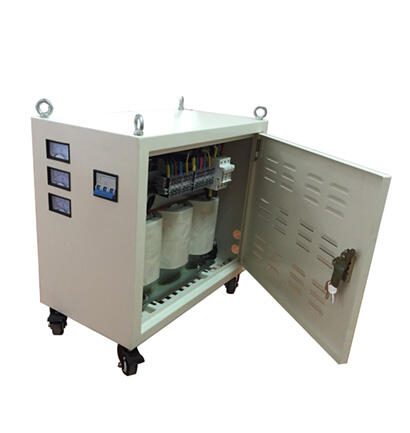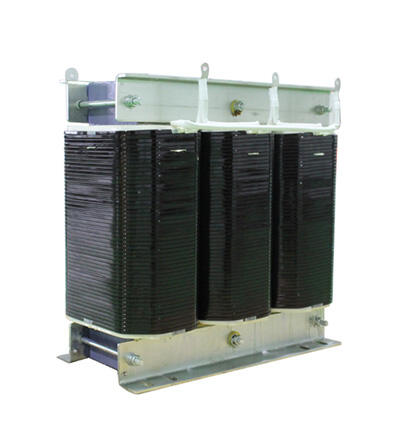low voltage control transformer
A low voltage control transformer is an essential electrical device designed to step down higher voltage levels to safer, more manageable low voltage outputs, typically ranging from 12 to 48 volts. These transformers play a crucial role in industrial automation, building management systems, and various control applications. They feature specially designed cores and windings that ensure precise voltage regulation and optimal performance under varying load conditions. The primary function of these transformers is to provide isolated, stable power supply for control circuits, protecting sensitive electronic components from power fluctuations and electrical noise. Their robust construction includes thermal protection, short circuit protection, and efficient cooling mechanisms to ensure reliable operation in demanding environments. These transformers are engineered with high-quality magnetic materials and copper windings to minimize energy losses and maintain consistent output voltage. They comply with international safety standards and offer various mounting options, making them suitable for different installation requirements. The design typically incorporates multiple taps on both primary and secondary windings, allowing for flexible voltage adjustment to meet specific application needs.


